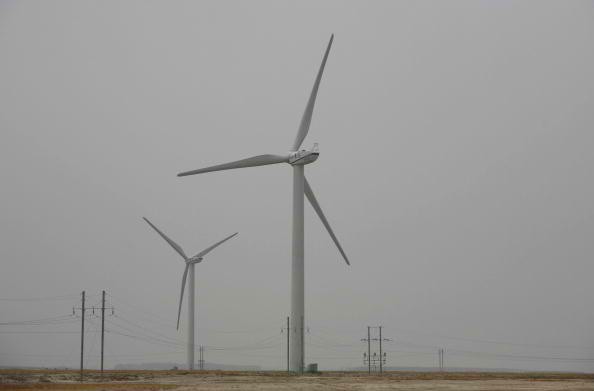China's resolve to become a world leader in using clean renewable energy to battle against climate change is thwarted by political and practical issues. Most of its wind power plants are not actively used, wasting so many resources and losing much potential profit.
The over 92,000 wind turbines found throughout China are reportedly capable of producing 145 gigawatts of electric current and the government continues to build more.
One wind power plant farm, Jiuquan Wind Power Base, located at Gobi Desert contains over 7, 000 wind turbines more than enough to light up a small-sized country, according to a report from The New York Times.
But China's wind power plant lack consumers partly due to economic turmoil and partly due to scores of local officials who support the use of coal power plant. Also factored in is the scarcity of transmission lines that would deliver electricity to China's growing cities.
"There's not much we can do right now. Only the state can intervene," said state-owned wind power plant manager Zhou Shenggang.
China's problem in renewable energy is exacerbated with the government's plan of investing additional $360 billion by 2020. But Chinese officials are optimistic, saying the country's goal in dominating the world in terms of renewable energy would soon pay off.
Unlike natural gas and fossil fuels which both pose dangers to health and environment, renewable energy such as those produced through solar and wind are more affordable, especially with continued innovation in technology and improvement in construction.
According to National Energy Administration [NEA], China's ambitious renewable energy projects would also generate 13 million jobs and fuel construction activity.
A report from Bloomberg said China plans to reduce the amount it pays as tariff to solar farms by 19 percent this year to reflect that construction costs in these projects have reduced.



























